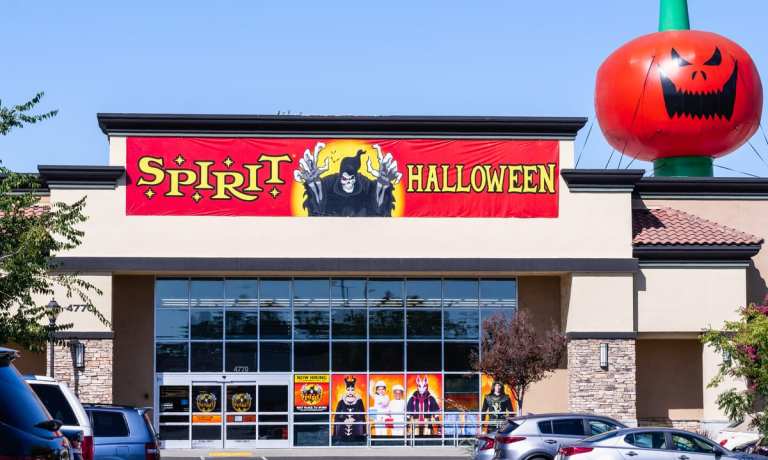
Like so many other things that have changed in our lives over the past seven months, Halloween is changing as well. But even though COVID-19 concerns will change traditional trick-or-treating and big parties this year, that doesn’t mean Halloween has been canceled.
“Consumers continue to place importance on celebrating our traditional holidays, even if by untraditional standards,” National Retail Federation (NRF) President and CEO Matthew Shay said in releasing the group’s annual forecast for Halloween spending.
In fact, the NRF said whether it’s seasonal decor, costumes or candy, the nation’s retailers are prepared to meet strong demand for items that will allow families to still safely celebrate Halloween.
NRF research has found that 58 percent of Americans will take part in Halloween this year. Total spending will come in at a whopping $8 billion, or about $92 per person. That’s up from $86.27 per participating person last Halloween.
While reduced Halloween participation is expected to crimp overall sales by about 8 percent from a year ago, the NRF points to pockets of strength that reflect the times we live in.
‘I Want Candy’
According to the National Confectioners Association, U.S. Halloween candy sales have increased 8.6 percent this year, led by a 12.2 percent increase in seasonal chocolates.
The group also reports that 96 percent of parents said they planned to celebrate Halloween, with three-quarters saying it was “more important than ever” to do so.
Interestingly, the confectioners’ associations also pointed to strength in the mint category, as people increasingly want chewing gum or hard candy to freshen their breath beneath their masks.
Demand for Different Things
Meanwhile, retailer Spirit Halloween – which operates 1,300 stores in all 50 states and Canada – is finding that consumers are looking for unique and safe ways to celebrate.
“We’re stocked with everything for themed video parties, decked-out family dinner parties, costumed movie marathons and decor that lets all the neighbors know who loves Halloween the most on the block,” Spirit Halloween CEO Steven Silverstein told the NRF.
Silverstein attributed the continued strength to the fact that Halloween restores hopefulness and provides people with a much-needed outlet to escape reality.
What People Are Buying
For video game fans, the pandemic’s lifestyle changes have already brought a welcome opportunity to do more of what they love – and Halloween provides the perfect opportunity to focus even more on gaming.
Retailer Humble Bundle is offering Halloween-themed “Spooky Savings” this year, marking down titles like “The Walking Dead,” “Survive The Night” and “7 Ways To Die” in hopes of enticing players with some seasonally appropriate chills.
Pet costumes are another category showing strength. NRF figures show that 18 percent of animal owners plan to suit up their cats or dogs this year, with pumpkin pooches, hot dog hounds and superhero cat costumes expected to be the season’s top sellers.
Smashing Pumpkins
Of course, Halloween wouldn’t be Halloween without pumpkins – and Illinois is still the pumpkin-growing capital of America, the U.S. Department of Agriculture reports. With close to 11,000 acres devoted to growing the orange fruit, it’s twice as large as the other top five pumpkin-growing states of California, Michigan, Indiana, Virginia and Texas.
“Anecdotal reports from growers and agricultural extension offices suggest strong pumpkin crops for Illinois and California in 2020,” the USDA said recently, noting that 80 percent of the pumpkin harvest goes toward pie fillings and other processed uses.
Halloween as an Economic Indicator
While Halloween is clearly a large spending event, it pales in comparison to other seasonal giants like back-to-school sales, Mother’s Day, Valentine’s Day and, of course, the winter holidays.
That said, with Thanksgiving and Black Friday shopping only about a month away, Halloween spending will be taken as an important indicator for the current state of disposable income and consumer confidence.
While the NRF foresees some year-over-year declines in overall spending due to fewer people celebrating the holiday, the NRF noted that those who do plan to participate “are spending more on the activities that will ensure a memorable holiday. … Consumers are doing what they can to still make it a special event by spending a little more on home decorations, candy and greeting cards.”